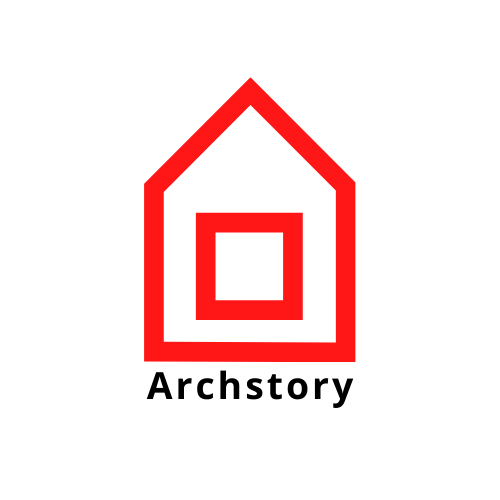
Lichtvision Design + Casper Mueller Kneer Architects-Garden Conservatory Seoul
글라스 하우스는 현대백화점 목동점의 최상에 위치하고 있다. 미니멀리즘을 추구하는 글라스 하우스는 방문객 모두에게 고요한 공간을 제공한다. 공간은 바닥의 식물들로 시각적으로 나뉜다. 식물 친화적인 LED조명은 인간과 식물의 웰빙을 촉진하기 위해 각 식물위에 배치된다.
The Hyundai Department Store Mokdong in Seoul features the world's most famous luxury brands. While one’s senses are challenged in the shopping sections below, the top floor offers a space to rest. The minimalist “Glass House Garden Room” offers a place of tranquillity for shoppers and visitors. It serves as the entrance floor to the surrounding residential towers and can play host to events and exhibitions. The space is visually broken up by islands of green plants that are embedded in the floor. A swarm of plant-friendly LED lights is placed above each island, which is intended to promote both human and plant well-being.
A place of recreation - Casper Mueller Kneer Architects and Lichtvision Design have designed the space as a contemporary interpretation of the traditional greenhouse and transformed it into an oasis right in the heart of the city. They have already realized various areas of other Hyundai stores in Seoul. In Mokdong, the surrounding roof terrace on the seventh floor was extended into the interior – daylight, however, only enters the room through the side windows. Although the ceiling is modeled after a greenhouse roof, its panels are artificially backlit. The actual ceiling above is flat and does not let in any daylight. Therefore, it was necessary to develop a lighting solution that fosters the healthy development of the plants and at the same time improves human well-being.
Swarms of biophilic luminaires - To highlight the plant islands, additional plant-friendly LED lights are installed above each island, enhancing both the visitors’ and the plants’ well-being. These fixtures float above the plants like swarms of diffuse luminous clouds. To parallel the spaces’ architectural style and feel, Lichtvision specified luminaires with an industrial aesthetic and with a raw aluminum finish. Biophilic design principles were incorporated into the artificial lighting design, as Lichtvision sought to harmonize architecture with nature and place people at the center.
To compensate for the small amount of daylight in the space, artificial light is used to enhance the health of the plants in the glasshouse. Based on the latest research, LED luminaires with a color temperature of 4,000 Kelvin, good color rendering, and increased light levels were chosen. This is an optimal solution between light quality and quantity, for both human and plant physiology. LED chips with reduced red-light components were used to avoid overstimulation and to avoid creating a stressful growth environment for the plants. In addition, the illuminance levels were designed to meet the plants’ needs while avoiding glare to visitors.
Sustainable light for well-being -The “Glass House Garden Room” combines a modern aesthetic with a state-of-the-art approach to spatial design and lighting, that is suitable to promote plant growth. It brings natural elements into a space with the intended purpose to enhance the occupants’ well-being. Modern lighting practices and approaches give designers a way to realize this. This is Lichtvision’s first foray into biophilic design, approaching nature-oriented spaces with the intended focus on occupants’ wellbeing. It is thus an important milestone for the design studio to evaluate the latest research results in practice, to help steer future developments, and to be able to meet challenges such as sustainability even better in the future.
Photohgraphy by Roh Space




from archdaily
